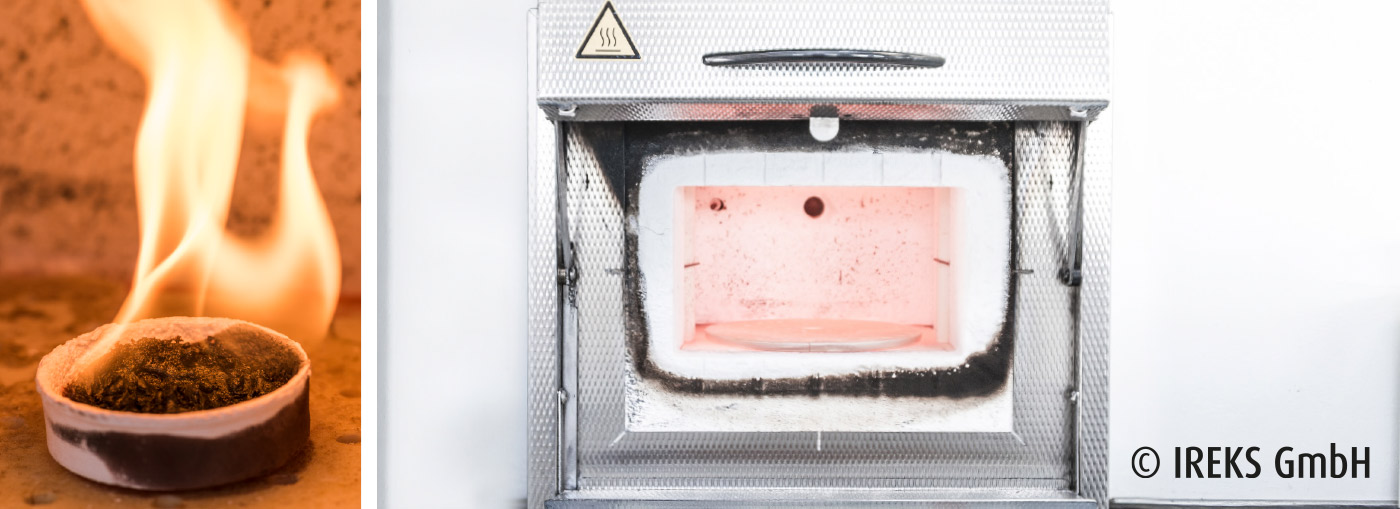The determination of the mineral content is the basis for the provision of the type number of a flour. In addition, a connection exists between the mineral content and the degree of extraction of a flour. Flours with a higher degree of extraction contain a higher percentage of hulls. As a result, the mineral content increases, as the hull percentages contain particularly many minerals.
To determine the mineral content, a flour sample is burned in the muffle oven at 900° C. Remaining are only the non-combustible components, the minerals (e.g. potassium, phosphor, magnesium and calcium).
Classification of flours into types
Accordingly, a wheat flour type 405 should have a mineral content of 405 g/100 kg flour (dry matter). The actual mineral content of a flour type 405 may be a maximum of 500 g/100 kg flour.
As it is only very difficult for the mills to always set an exact mineral content from a technical viewpoint, minimum and maximum values have been defined for the various types of flour. In Germany, the classification of the flours into types has been specified in the DIN 10355. Also in other European countries, as well as in Switzerland, guiding values exist for the classification of flour into types. Corresponding guiding values are shown in tables 2.3 to 2.10.
The classification of flours into types according to the mineral content only gives information in general on the baking-technological suitability. But it provides no exact statement regarding the quality of the flour.









